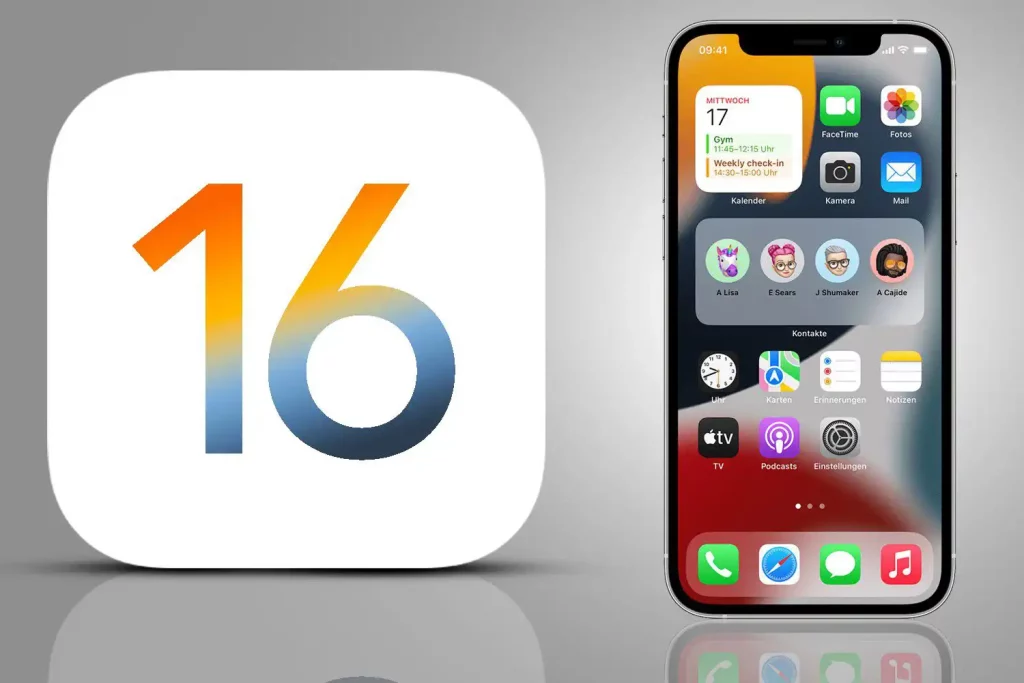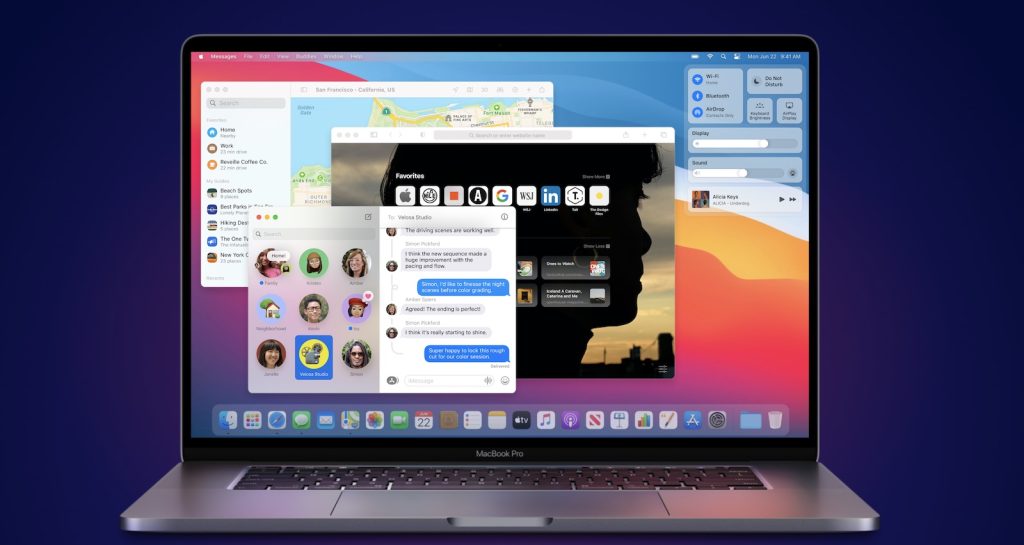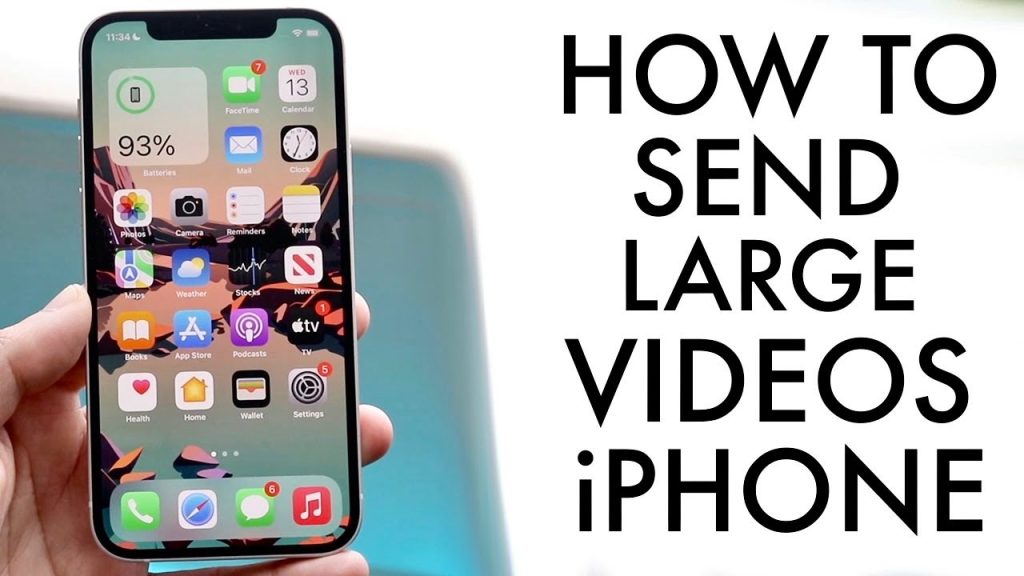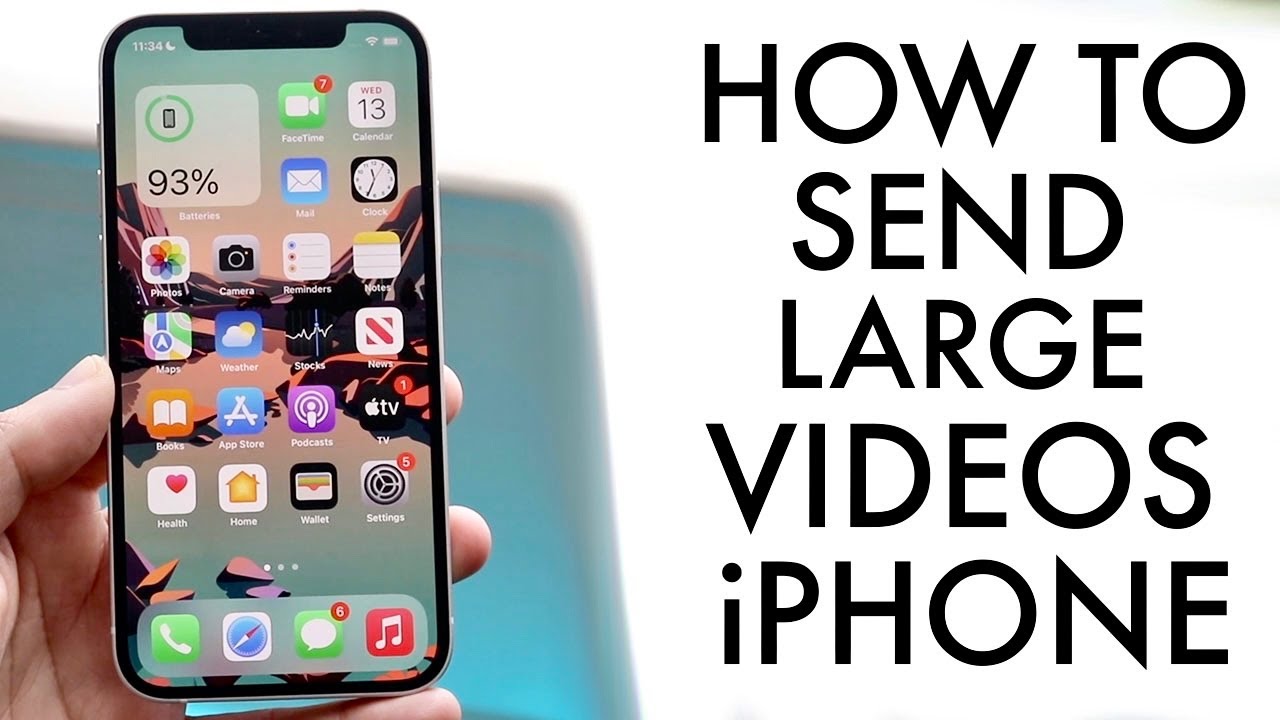For iPhone users, iMessage is a handy tool for transferring photos and videos. However, it falls short when the video duration exceeds four and a half minutes. Don’t fret, there are other reliable alternatives for sending extended videos from an iPhone, which we will explore throughout this guide.
Understanding Video Size Restrictions on iPhone
Currently, iOS devices allow the sending of videos with a maximum length of four minutes and twenty seconds. Any video exceeding this limit will be deemed as a large file in the context of our guide.
Sharing Large iPhone Videos with AirDrop
Apple’s AirDrop is a lifesaver when it comes to transferring large videos from your iPhone, as long as the recipient is within your vicinity due to its dependence on Bluetooth technology. The recipient must also have their Bluetooth switched on, be connected to iCloud, and have enabled AirDrop on their device.
Steps to share an extended video on iPhone using AirDrop:
1. Confirm that both devices are nearby, charged, and ready for the transfer process.
2. Make sure the recipient’s device is set up to accept AirDrop files (discussed further below).
3. On the sender’s device, navigate to “Videos” under the “Media Types” section in the Photos app.
4. Select the video you want to send.
5. Tap the “Share” icon located in the lower left corner of the video screen.
6. In the resulting menu, select “AirDrop.” You’ll see a list of nearby devices eligible for transfer. If the recipient’s device isn’t visible, refresh the list by waiting a few seconds or tapping the “AirDrop” icon again.
7. Click on the recipient’s device to initiate the transfer.
Remember, the duration of the transfer varies with the video size, so patience is key. Also, maintain the proximity of the devices throughout the process. A successful transfer will result in the video appearing in the recipient’s “Photos” app (for iOS) or under “Downloads” (for macOS).
Though generally reliable, AirDrop may struggle with large transfers (several hundred gigabytes). To avoid any trouble, try to send one video at a time.
Setting Up Your Device to Receive AirDrop Files
iOS

To enable AirDrop reception on your iPhone or iPad, follow these steps:
1. Go to the “Settings” app.
2. Within settings, navigate to “General,” then “AirDrop.”
3. Choose who can send files to you: “Everyone” or “Contacts Only.”
macOS

For Mac devices:
1. Find “AirDrop” in “Spotlight” or within “Finder.”
2. Click on “Allow me to be discovered by.”
3. Select “Everyone” or “Contacts Only,” based on your preference.
Sharing Large Videos from iPhone via iCloud

iCloud, by default, provides 5GB of free storage. If your large video fits within this limit, you can use Mail Drop to share it. The recipient will then have 30 days to download the file.
Follow these steps to send a large video through iCloud:
1. Open the “Photos” app and find your video.
2. Select the video, then tap the “Share” icon.
3. Choose the “Mail” option.
4. Once you’re on the Mail composition page, your video will automatically be attached.
5. Address the email, add a subject, and compose your message.
6. Hit “Send.”
7. A notification will tell you that your attachment is too large, and suggest using Mail Drop.
8. Select “Use Mail Drop.”
9. Your message will begin sending automatically.
The video will be uploaded to iCloud in the background if it’s not already there. Once the upload is complete, your email will be sent.
Sharing Large iPhone Videos via Other Cloud Services
For videos larger than 5GB, alternative cloud storage services like Dropbox, Microsoft OneDrive, or Google Drive are better options. Here’s how to do it using Google Drive:
1. Download the app from the App Store.
2. Log in or create a new account.
3. On the main screen, tap the colorful “Plus (+)” icon.
4. Tap on “Upload” in the popup menu, then select “Photos and Videos.”
5. Choose your video to upload.
6. After uploading, click on the three dots next to the video.
7. In the menu that appears, click “Share.”
8. Enter the recipient’s email in the “People” field.
9. Tap “Send.”
Compressing Videos to Send from an iPhone
To send large videos more efficiently, you can compress them before sending.
There are two ways to do this:
1. Adjust your video recording settings to minimize file size before recording. To do this, go to “Settings,” “Camera,” and “Record Video,” where you’ll find options to reduce recording size.
2. Use a compression app for already recorded videos. These apps are available in the App Store and come with straightforward instructions on how to compress and save your video.
FAQs
1. How to send a large video from an iPhone?
There are several ways, such as using a cloud service like iCloud, or compressing the video for iMessage.
2. What’s the maximum video length to send on an iPhone?
Currently, you can send videos up to about 4 minutes and 20 seconds long via iMessage. Longer videos must be cut down or sent as attachments using iCloud or other cloud services.
3. Where to find videos on an iPhone?
You can find videos shot with the iOS Camera in the “Photos” app. Go to “Albums,” then “Videos.”
4. How to transfer video files from an iPhone to a computer?
The most efficient method is via a USB connection. Connect your iPhone to your PC, unlock it, open the “Photos” app on your PC, click “Import,” then “From a USB device.” Choose the items to import and where to save them.
Conclusion
With this guide, you’re now well-equipped to share large videos from your iPhone using various methods, each suited to different scenarios. Please note that some methods, like AirDrop and iCloud, require both sender and recipient to use Apple devices. If you’re sharing with a non-Apple user, consider alternative methods like using a cloud service or compressing the video.
